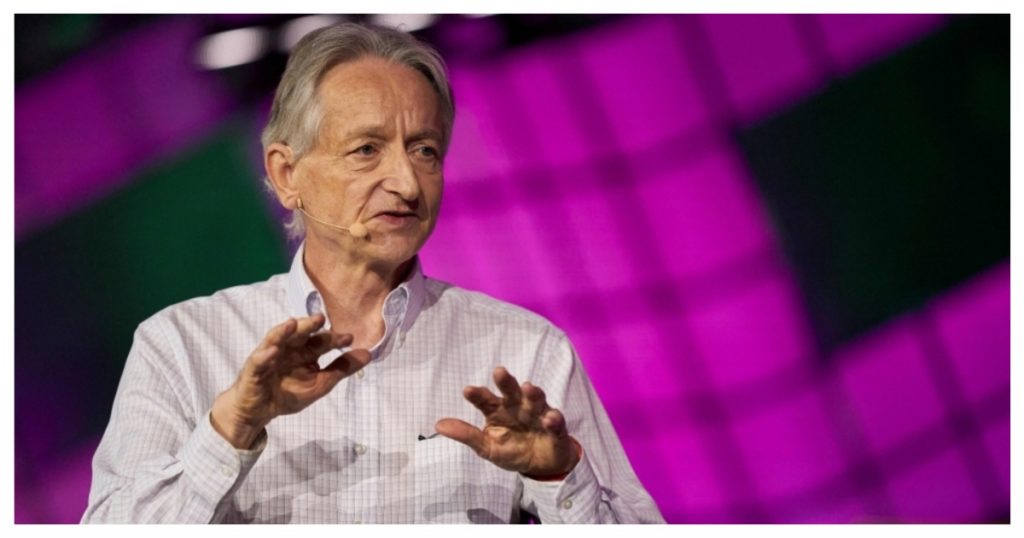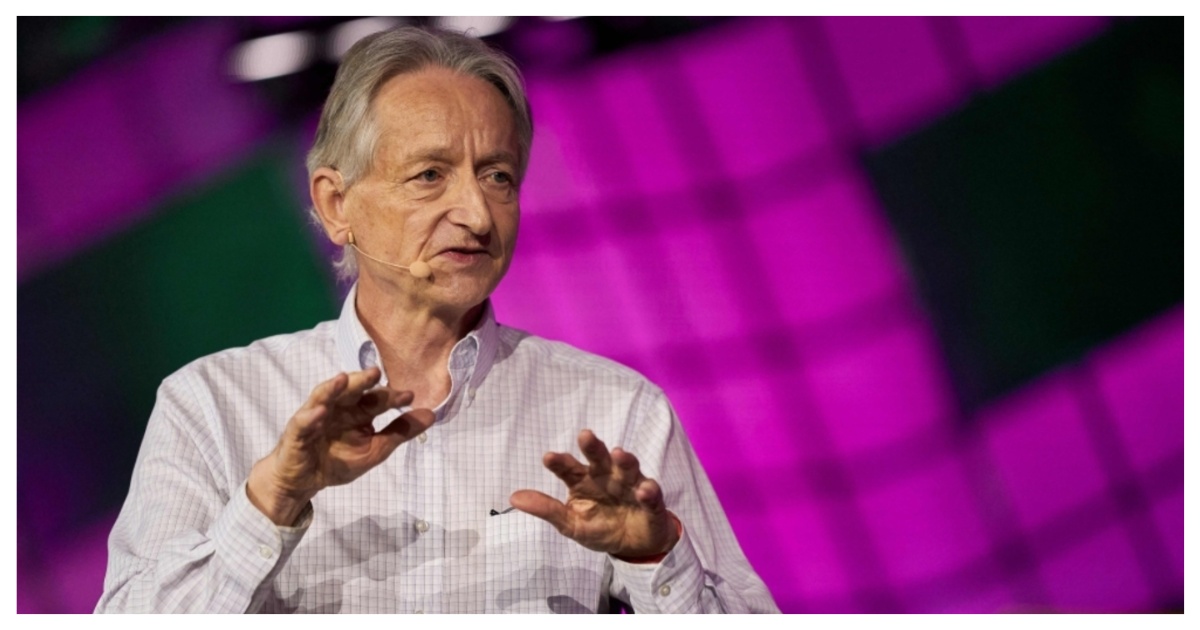Advances in AI and neuroscience are helping understand how humans really operate — they’re helping their creators understand themselves.
Nobel Prize winner Geoffrey Hinton, often called the “Godfather of AI,” has offered a provocative perspective on human cognition. In an interview, he argued that humans are fundamentally “analogy machines,” not the reasoning beings we often perceive ourselves to be. This perspective, deeply informed by his work in artificial neural networks, suggests a paradigm shift in how we understand the human mind, potentially as profound as the impact of psychoanalysis a century ago. Hinton’s insights carry particular weight given his pioneering role in developing the very AI systems that are now prompting us to re-evaluate our own cognitive architecture.

“As we develop more understanding of how the brain works,” Hinton explained, “we’re going to radically change our view of how people work, and that’s going to change the humanities. We saw that once about 100 years ago with the development of psychoanalysis.” He acknowledged that even amidst some inaccuracies, psychoanalysis offered genuine insights that shifted perspectives. “Even though there was a lot of nonsense combined with some real insights,” Hinton continued, “that changed the way people thought about people. We accepted that we have all sorts of unconscious motivations. We accepted that we use all sorts of analogies to do things rather than just reasoning. We basically accepted we were much less rational than we thought.”
Hinton believes the coming shift in understanding will be even more significant. “This is an even bigger change that’s going to happen,” he stated, “because up until now most people, including the humanities, have thought that we sort of reason using something like logic. We [think we’re] rational beings. We’re not. We’re great big analogy machines. We work by seeing analogies – analogies not just with one thing, but with lots of things.”
He further elaborated on the nature of this analogy-driven thinking: “And so that changes what you think of the nature of a person. We’re analogy machines rather than reasoning machines. We’ve got a thin layer of reasoning on the top, and that’s very important for doing things like mathematics. Without the reasoning on top you couldn’t have bank accounts and things, but we basically use analogies to think.”
Hinton’s assertion that humans are primarily analogy machines has significant implications. It suggests that our understanding of the world, our decision-making processes, and even our creative endeavors are largely based on recognizing patterns and drawing connections between disparate experiences. This perspective aligns with recent advances in AI, where systems like large language models demonstrate impressive abilities by leveraging massive datasets to identify and apply analogies across a wide range of tasks. However, Hinton’s emphasis on the “thin layer of reasoning” is crucial. While analogies may form the foundation of our cognitive processes, our capacity for logical deduction and abstract thought remains essential, particularly for complex tasks requiring precision and systematic analysis.
This new understanding of human cognition might not only revolutionize fields like psychology and education but also influence the design of future AI systems. By embracing the power of analogy, humans can potentially build more intuitive, adaptable, and ultimately, more human-like artificial intelligence. Furthermore, recognizing humanity’s own reliance on analogy can lead to a deeper appreciation of the interconnectedness of knowledge and a more nuanced understanding of human creativity and problem-solving.
